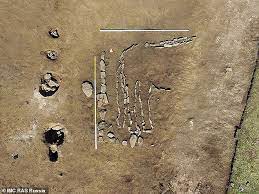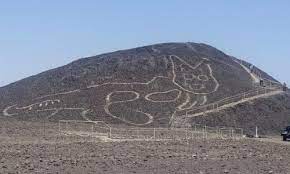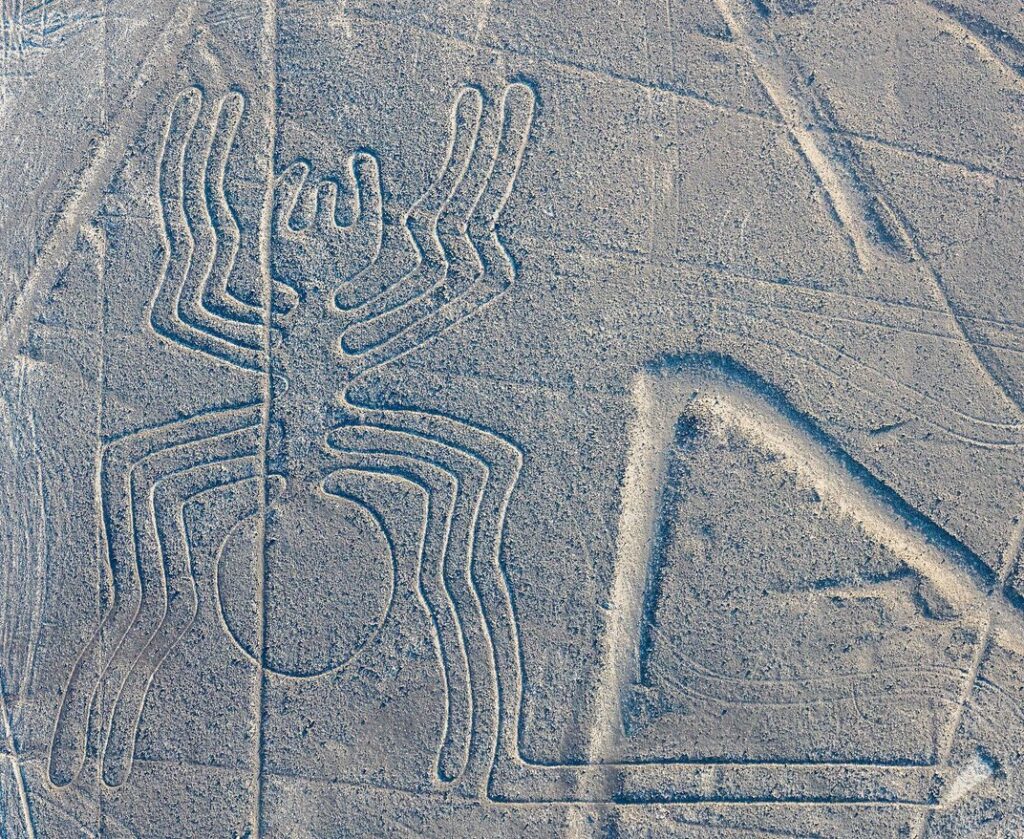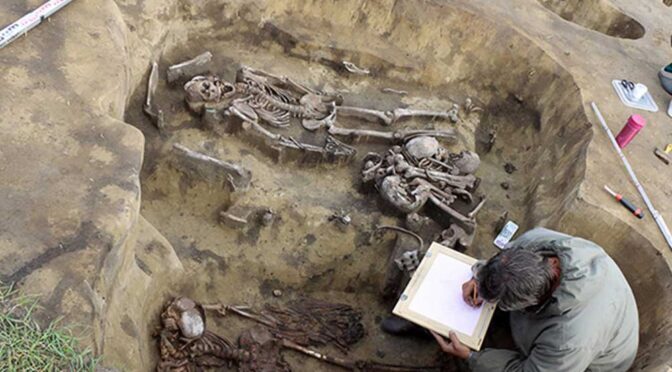1,300-year-old fortress-like structure on Siberian lake continues to mystify experts
At first glance, Por-Bajin’s rectangular island, with its regular structure and ruined parts, looks like a foreboding fortress or jail.
what the rectangular island and its labyrinthine ruins, situated in a lake deep in Siberia, were actually used for when it was built 1,300 years ago, But it is unknown for certain.
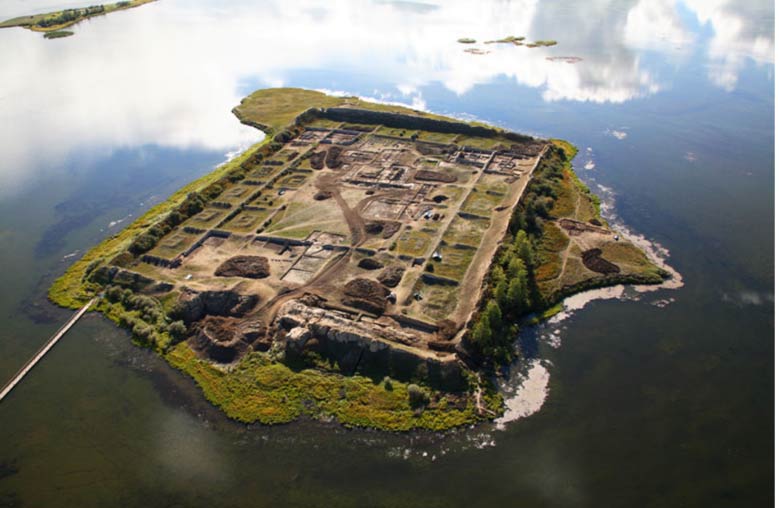
Historians and scientists are divided, but some experts believe that the isolated area may have been constructed to attract people and suggest that it was a summer palace, monastery, or astronomical observatory instead of imprisoning them.
In the Tuvan language, the name Por-Bajin is translated as “clay house,” and the island sits between the Sayan and Altai ranges, near the Mongolian border, about 3,800 km from Moscow.
The location was first discovered in 1891, and the purpose of island has still not been explained over a century later.
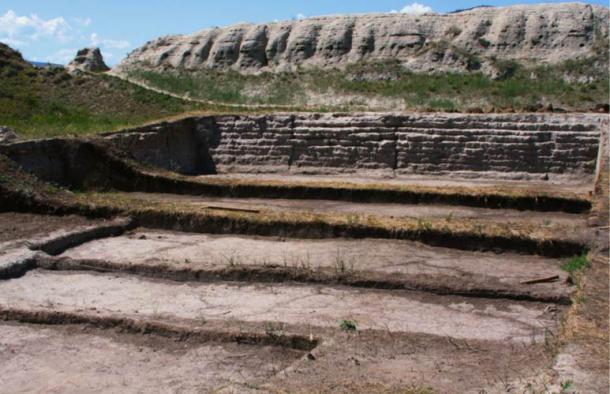
More in-depth research took place in 2022 with archaeologists discovering clay tablets of human feet, faded coloured drawings on the plaster of the walls, giant gates and fragments of burnt wood.
Experts say the island was built during the period of the Uighur Khaganate (744-840 AD) but it is not clear what their motive would be for constructing a fortress for in such a solitary place – as it is far from big settlements and trade routes.
The plot thickens as the way it was built, along with the construction materials use, hint at Chinese architectural tradition.
Scientists were able to use laser mapping to create a 3D image of what the 3.5 hectare plot could have been used for.

Although it is said to be around 1,300 years old, many walls were intact and well preserved with a main structure in the inner courtyard being separated into two parts, covered by a tiled roof walkway supported by 36 wooden columns on stone bases.
Even more confusing than the debate of why it was created is the question of why it was abandoned.
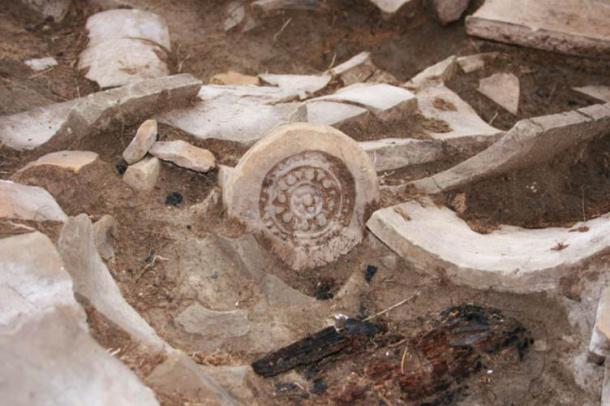
Researches have noted the lack of heating systems on the island, despite it enduring harsh Siberian weather and being located 7,545 feet above sea level.
Russian president Vladimir Putin visited the island with Prince Albert of Monaco in 2007 and echoed the confusion.

‘I have been to many places, I have seen many things, but I have never seen anything of the kind,’ he said.

